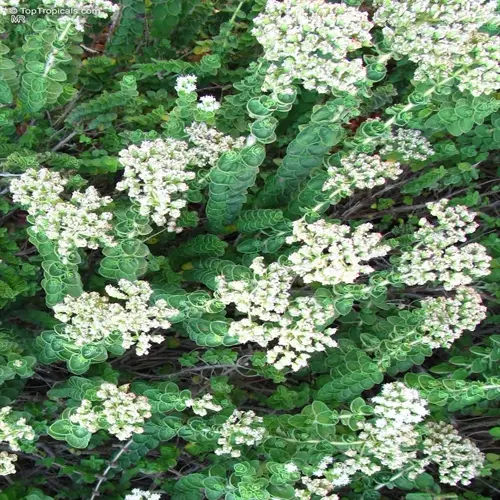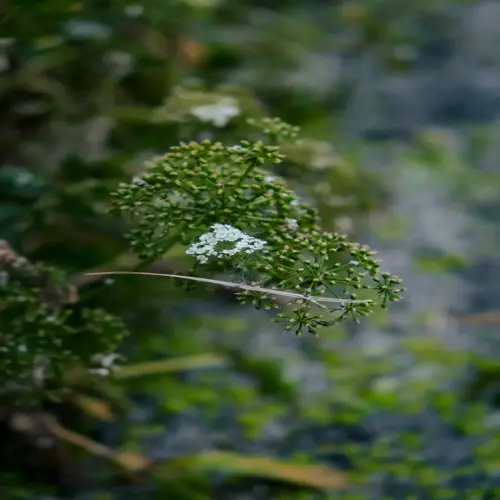What plants should never be planted near sage?

Written by
Julia Anderson
Reviewed by
Prof. Martin Thorne, Ph.D.Companion planting has a huge effect on your sage's health. Wrong neighbors lead to bad growth issues. Some plants will even directly harm sage with competition or disease. Don't be fooled, avoiding bad companions is critical, so you don't feel disappointed in your garden. I have witnessed sage struggling next to certain vegetables before I uncovered these facts.
Cucumber Conflicts
- High water needs drown sage roots
- Vines create excessive shade blocking sunlight
- Promote powdery mildew through humidity
- Compete aggressively for soil nutrients
Onion Issues
- Root secretions inhibit sage development
- Bulb formation disturbs shallow root systems
- Harvest disruption damages nearby plants
- Attract onion flies that spread disease
Plants that thrive in moist environments are often considered inferior companions. Their excessive watering needs run opposite to the sage's established need for drought. Constantly wet soil is a guarantee of causing root rot for the sage. Fungal diseases spread high and low in moist soils, and sage is no exception. Do not plant sage close to these plants that need water.
Put up protective barriers between sage and problem plants. Use neutral herbs, such as thyme, to serve as barrier crops. Change planting locations every year to minimize disease buildup. Use raised beds for optimal soil condition management. These methods promote healthy sage plant growth year after year.
Instead, plant sage alongside compatible companions. Rosemary has similar sun and soil requirements, so it makes a good companion, cabbage benefits from sage, as it repels pests. Beans fix nitrogen, which indirectly feeds the roots of sage. Together, these beneficial companions create synergy in your garden, resulting in better crops.
Watch your sage for signs of incompatibility stress. Yellowing of the leaves generally indicates root competition issues. Stunted growth indicates nutrient competition. If you notice fungal spots, it may be due to excessive humidity; correct incompatibility stress immediately by moving the plants or adjusting their spacing.
Read the full article: How to Grow Sage: A Complete Beginner's Guide

